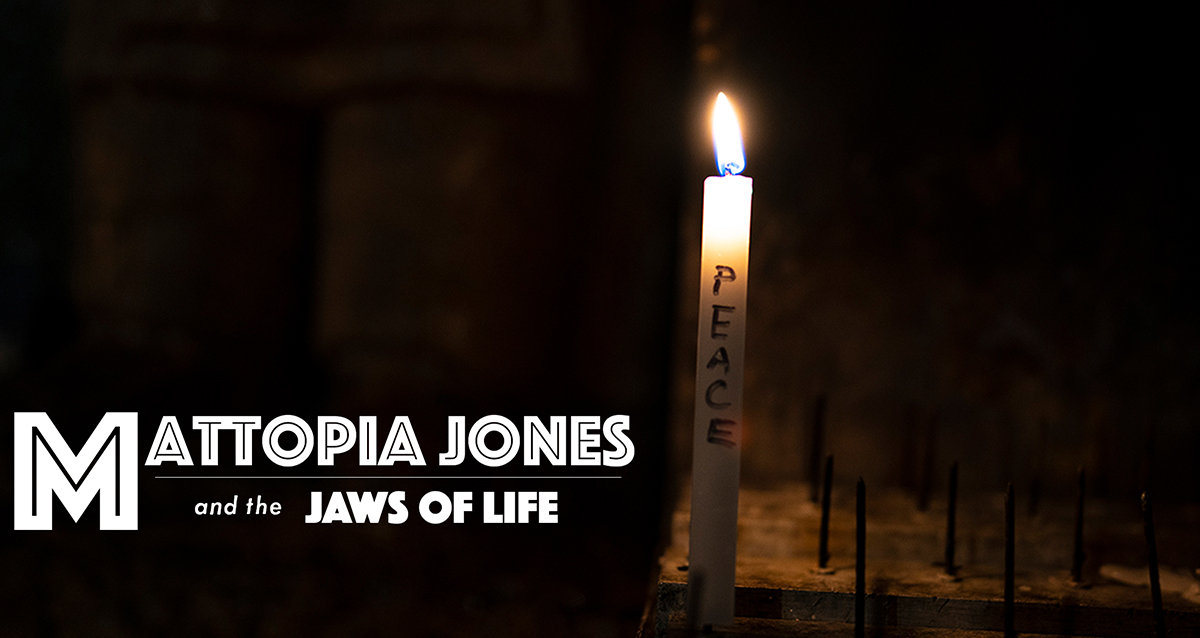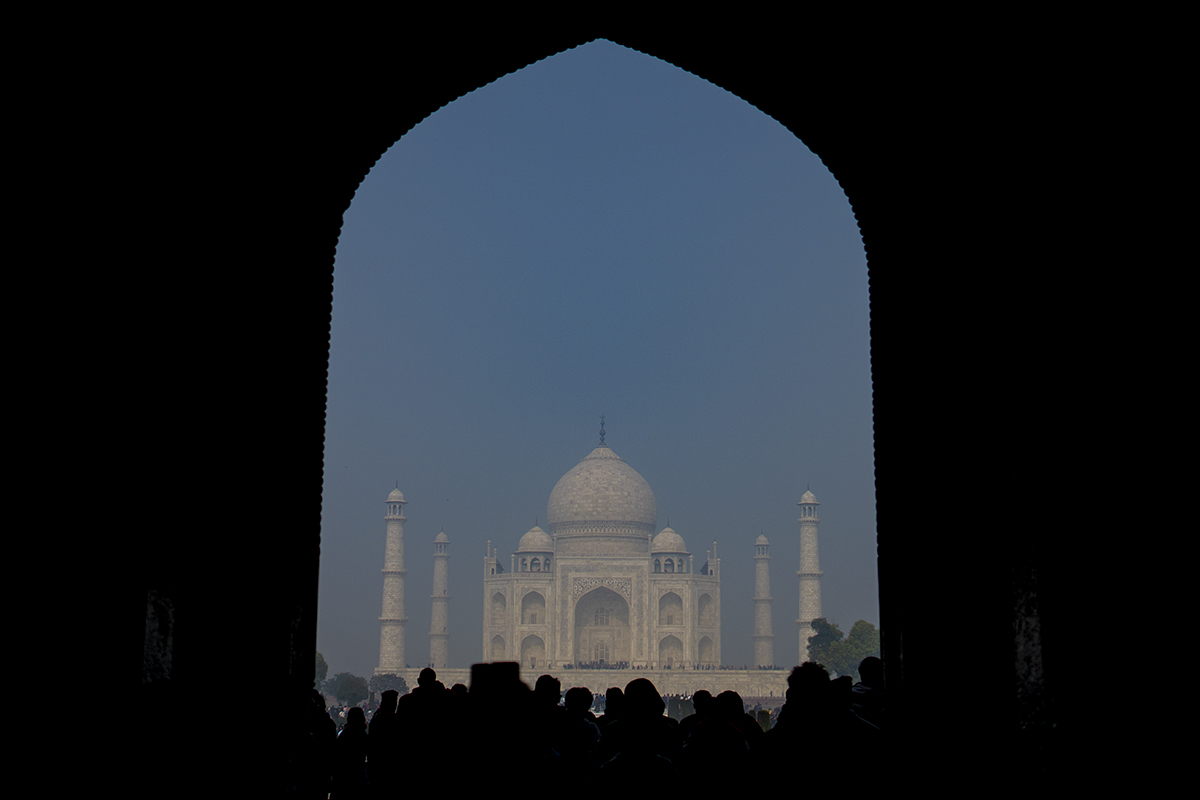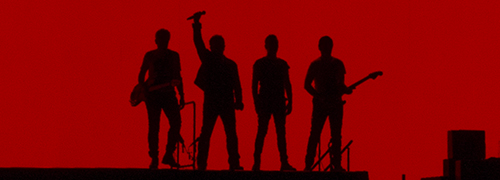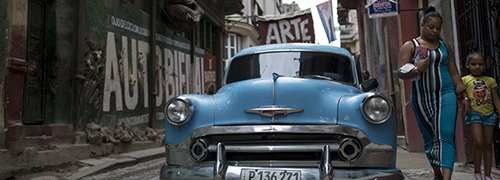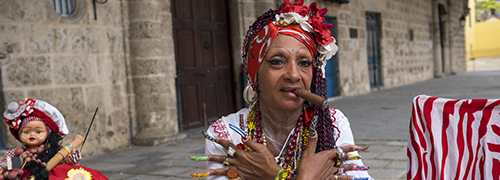Fall / Winter Break 2019 - 2020
21 November 2019 - 4 January 2020
“Even the most jaded traveler has to pause and consider the scope
of the romance, tragedy and treachery behind the creation of the Taj Mahal.
The story of this monumental masterpiece should be made into a musical.”
Mattopia Jones
Editor's Note: Matty's cleaned up since we last saw him. Hair cut, recently shaved (still trying to figure out Jason Statham's perpetually perfect two-day growth), the bespectacled professor of history, complete with his UntuckIt cardigan, is the poster child for the modern intellectual (yes, we hope this flagrant flattery reaps a big payoff). He surprises us with a box of paper. We are stunned to be presented with a draft manuscript of his forthcoming historical effort, Time Travel: Cautionary Tales from the Past for Those Seeking a Better Future. He explains it's the third installment in his globetrotting trilogy of history lessons, which began with Dispatches from Lemming Hill, his award-winning collection of essays, reflections and free-verse poems about how society today seems hellbent on repeating past mistakes, to the detriment of us all. The series continues with Socialism Sucks: Travels to Havana, Hanoi, Buenos Aires and Moscow, a controversial firsthand account of how socialism destroys the human spirit and sucks the soul dry. Matty says Time Travel will be released under the renowned Matthew & Mattster imprimatur sometime in 20-God-Knows-When.
What follows is a brief excerpt of an early draft, plucked from the box of papers that is to become Time Travel, recounting his visit to Agra and the Taj Mahal, presented here with Matty's typically generous permission (yes, more flattery).
Taj Mahal, Agra, Uttar Pradesh, India: 1632 – 1643 A.D. (construction)
It's the stuff of a fairy tale.
An emperor, grieving over the death of his beloved wife, builds the most elegant mausoleum for her final resting place. It was her dying wish, so the legend goes. Let's pile it on early and often: she died while giving birth to their fourteenth child.
The Emperor Shah Jahan took his cherished wife's request and ran with it, plotting out an increasingly grandiose vision. While his other two wives (less favored because they bore him no children) would be buried on the same grounds, they wouldn't share his most-treasured wife's space. Directly across the Jumna River, he'd also build a second mausoleum, one for his own interment. The plan is to make that one black. Connecting the two would be a silver bridge.
Alas, this fairy tale romance in life and in the hereafter goes Grimm.
The construction of the Taj Mahal takes a financial and physical toll on Shah Jahan. Ultimately, it also marks the beginning of the end of the Moghul Empire. (For a relative historical timeline, Jahan's life roughly spans the time around the completion of St. Peter's in Rome and the beginning of construction of St. Paul's in London. Also, this is when Jamestown was founded in that new land way out west.1)
One of the emperor's sons imprisons him in Agra's massive fort. This power-hungry son also kills two of his own brothers. That's some bad blood.
The dreamed-of companion piece to the serene, white Taj Mahal, that black Taj Mahal was never built. But the foundation can be seen (weather and fog permitting) from the Taj Mahal's riverside view. Instead, Shah Jahan is now buried next to his favorite wife, affectionately called Mumtaz Mahal, in the Taj Mahal (which means, “Crown Palace”).
According to an Uber driver during a far-ranging conversation en route to Raj Ghat in Delhi, the plot thickens even further with another example of greed and malevolence. The emperor ordered the hands of 200 of his master craftsmen be cut off so the Taj Mahal could never be duplicated. But, that breaks open the magic question: who was expected to build the black Taj Mahal? Second-stringers?
In all, it's a fascinating story with layers of mystique surrounding it. Who designed the Taj Mahal? Some say no one knows. But one curious legend, proffered by my tour guide, says it was a 90-year-old local genius.
The symmetry. The numerology. The painstaking details. The precision. The optical illusions. It is a monumental work of art that has endured through the centuries. It is a mind-blowing place to visit, one of those rare gems that actually lives up to the hype.
The Taj Today
The grounds of the Taj Mahal, overrun with tourists, can hardly be described as tranquil. The crowds steal from Shah Jahan's intended venue of serenity. Nonetheless, step outside the grounds and step into chaos. Muddy, poverty-stricken roads are crammed with shops, pedestrians, sundry animals and honking vehicles.
Entrance is based on a timed token that's valid for three hours. Exceed the time, and you have to pay again upon exiting. That's not a particularly stiff penalty, but it's another hassle on top of so many hassles. Currently, the entrance fee for foreigners (those of us not from SAARC or BIMSTEC countries) is 1,300 rupees ($18.25 US) for both the grounds and the mausoleum. Alternatively, skip the mausoleum and save 200 rupees. But that's not recommended by this guest of the Taj.
The biggest hassle is security. In India, airport security is tight, to put it politely. More bluntly, it's a nightmare that requires the pouring out of all electronics from carry-on bags. And there are numerous security checks, from the airport front door to the gate itself. But it is arguably even worse at the Taj Mahal. Phones are allowed inside, tablets are not. Security seemed spooked (Matty is even meaner with the phraseology — confounded) by things like the Apple Pencil and the glass filters for his camera lenses. Ultimately — after a careful explanation — he was allowed to bring in the filters, but the iPad, Apple Pencil, regular pens and other bits and bobs had to be left at a cloak room. The trade-off is this: the grounds aren't overrun with security guards, allowing for something along the lines of an unobstructed visit.
As for the token system, it's a slow, cumbersome way to distribute entry passes. The magnetically charged plastic tokens are required for entry and exit. They contain the visitor's entry time and the cashiers at the ticket booth are a little slow in doling them out — that's when they're not being barraged by tour guides and school groups who completely disregard people who've been waiting patiently. This facet is not unique to the Taj Mahal. It was experienced by Matty Jones at several major historical sites in India.
Mattskrit Notes: Mattopia Jones Is Nobody's Puppet!
The day started bright and early. Actually, dark, foggy and way too early is a more felicitous description. Up and out at 04:45. The slow taxi... the train station chaos... the dingy travel office... the personal driver... the unexpected bonus of a tour guide... the marble shop with (alleged) descendants of the Taj Mahal's construction crew.
Matty Jones has an axe to grind about how his plans were sabotaged by the forces of darkness. But he's not ready to dig into the details just yet. He's still biting his tongue.
Nonetheless, it was an important day — visiting the Taj Mahal (on 21 December, the birthday of Matty's mom) was one of many (so many) personal, emotional experiences during this epic journey.
21 December 2019
From Matty's journals:
“I couldn't believe it. Fog. Dense fog. The Taj Mahal was socked in and my first view was a soul-crushing gray. To have been through so much — the past year, this trip, this morning — and to have come so far, it was as if the gods were toying with me. Okay. That's nothing new. I've said many atime I am a continuous source of entertainment for those enjoying the best view of the planet. But. Come on. This particular disappointment hurt. After all, it wasn't entirely coincidental I was there on 21 December — Mom's birthday.”
As the morning progressed, the fog lifted. In retrospect, Matty feels lucky to have arrived at the Taj when he did. The timing allowed him to experience two different Taj Mahals — the mysterious Taj that disappears into the fog and the Taj of the ages, the immaculate Taj that absorbs the energy of the sun and stands as a triumphant tribute to the human experience and all its passions.
Looking through the photos, Matty was happy to see those first photos of that initial approach to the Taj. It really was that bad, not just the mind acting up, not just the memory adding its own color (or, in this case, removing it).
1Recommended reading: Taj Mahal: Passion and Genius at the Heart of the Moghul Empire by Diana and Michael Preston
Continuing the Journey
Next Chapters Coming Soon
- The Perthect Week
- Quokka, Quokka, Quokka!
- Touring Tokyo
- Kamakura, Japan
- The Goal Is Seoul
- Skywalker in Bollywood
- Christmas Break at the Beach
- Anything Can Kill You (If You Let It)
- New Year's Eve in Chiang Mai
